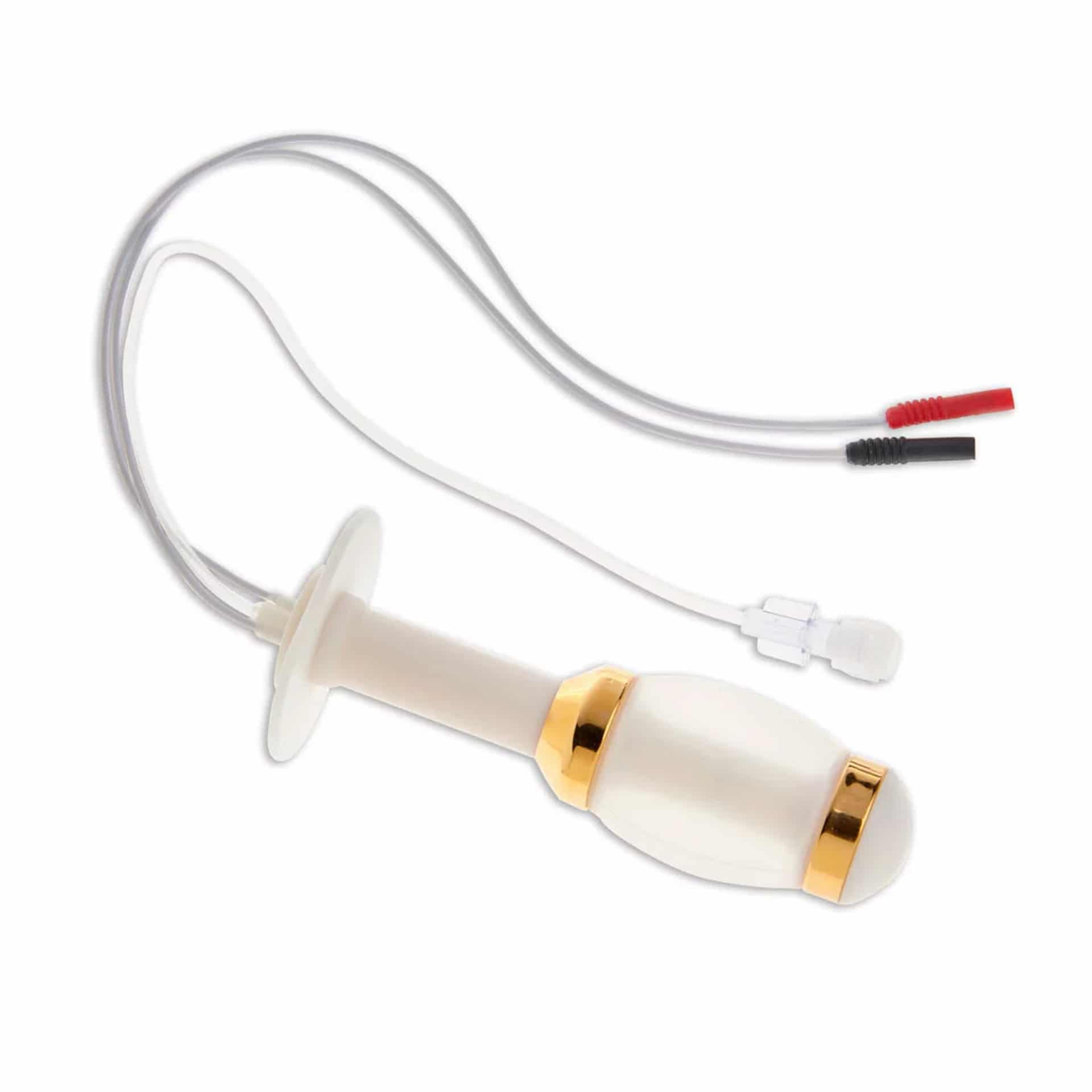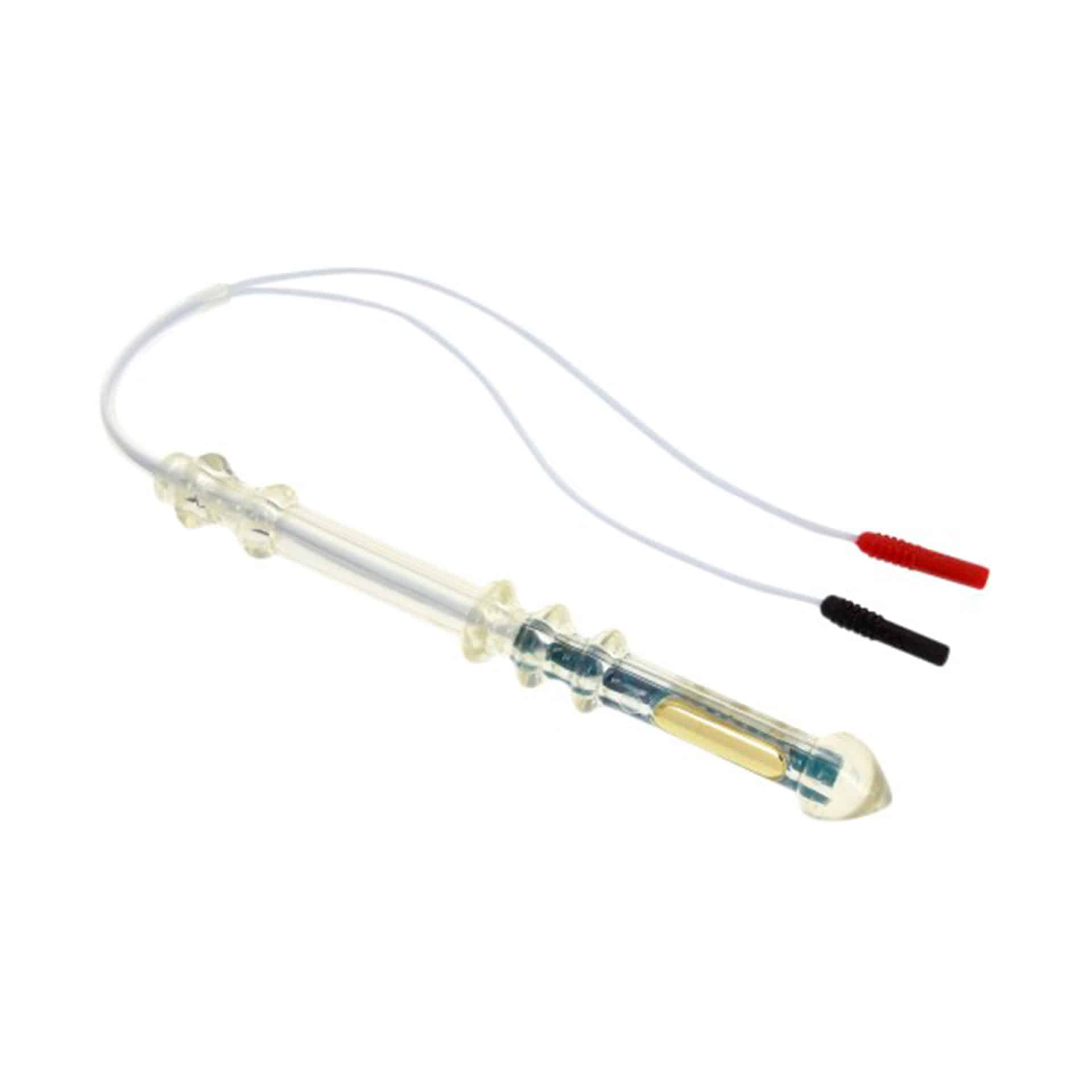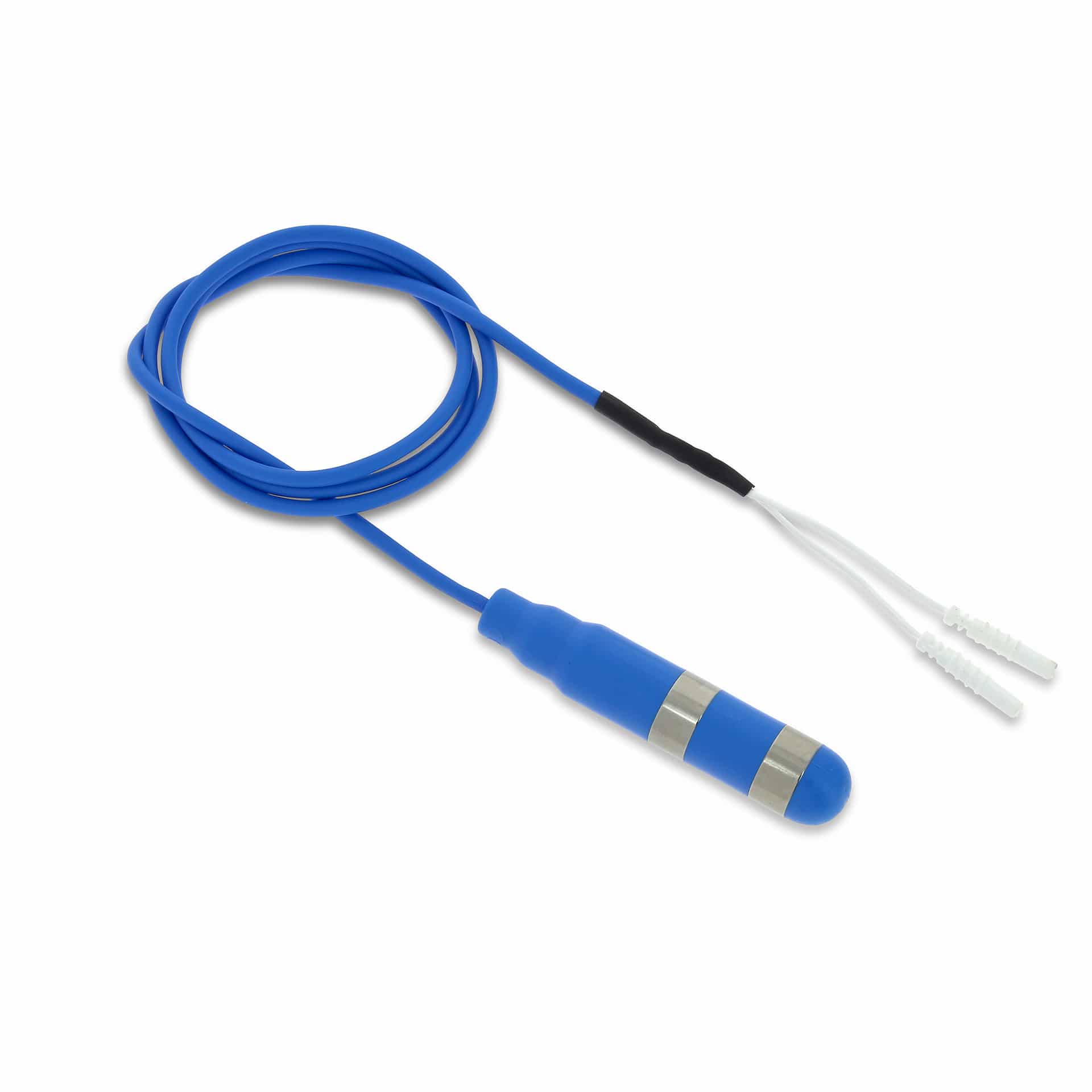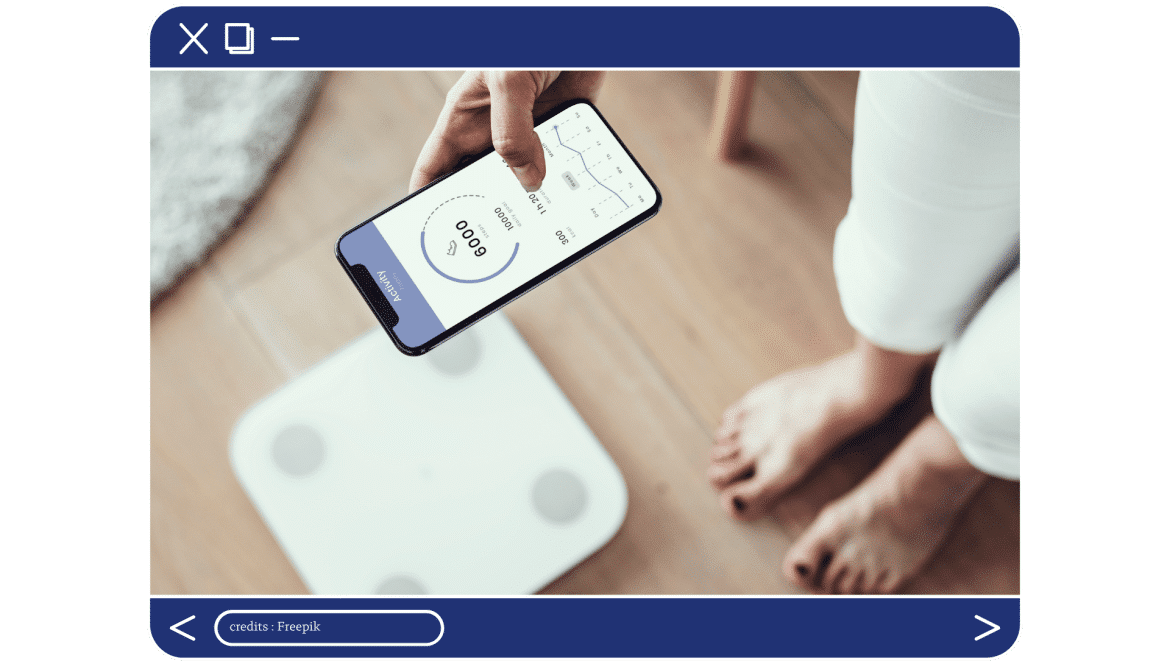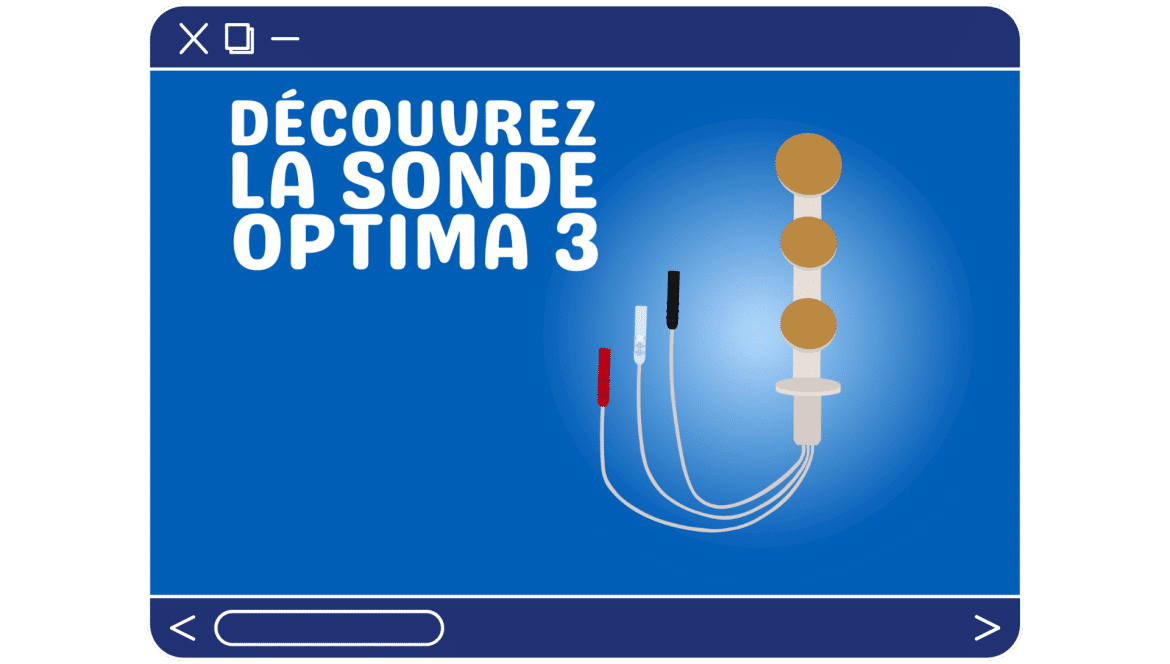Incontinence, Pelvic Pain: Why Is Anal and Perineal Rehabilitation Essential?
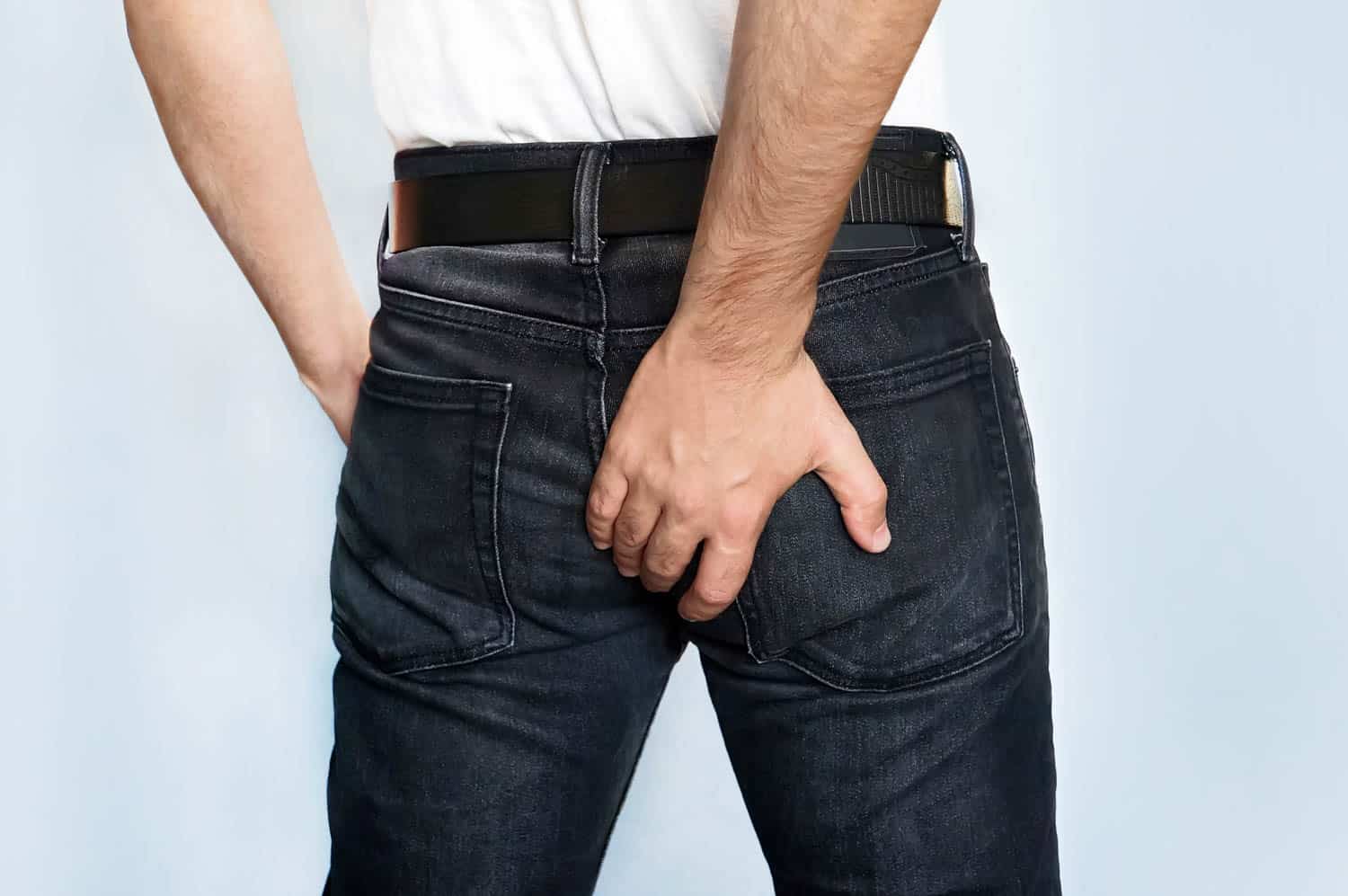
Incontinence and Pelvic Pain: Why Is Anal and Perineal Rehabilitation Essential?
Incontinence and pelvic pain affect a large number of people, both women and men. These often taboo issues can, however, be improved or even resolved with the right approach.
Anal and perineal rehabilitation plays a crucial role in strengthening the pelvic floor muscles, helping individuals regain comfort and confidence in their daily lives.
Let’s explore why this rehabilitation is essential and how it can significantly improve quality of life.
Understanding the Importance of the Perineum and Anal Area
The perineum is a group of muscles located between the pubis and the coccyx. It plays a key role in several bodily functions:
🔹 Urinary and fecal control
🔹 Support of pelvic organs (bladder, uterus, rectum)
🔹 Sexual function and intimate sensitivity
When these muscles are weakened or too tense (hypertonic), various issues can arise:
⚠️ Urinary or fecal incontinence (involuntary leakage of urine or stool)
⚠️ Chronic pelvic pain (muscle spasms, tension)
⚠️ Pelvic organ prolapse (descent of organs)
⚠️ Sexual dysfunction (pain, reduced sensation)
Why Is Anal and Perineal Rehabilitation Essential?
Rehabilitating the perineum and anal area helps restore muscle function and improve associated issues. Here are its main benefits:
1. Reduction of Incontinence
Involuntary urine or stool leakage is often caused by muscle weakness or poor sphincter control. Rehabilitation strengthens these muscles and improves their coordination, effectively reducing leaks.
2. Relief from Pelvic Pain
Excessive muscle tension in the pelvic region can cause chronic pain. Relaxation and stretching exercises for the perineum help release tension and reduce discomfort.
3. Prevention and Treatment of Prolapse
A weakened pelvic floor can lead to organ descent (bladder, uterus, rectum). Rehabilitation helps prevent and stabilize this condition.
4. Improved Intestinal Comfort
Fecal incontinence and constipation may result from poor anal muscle control. Rehabilitation restores muscle balance, aiding in bowel function.
5. Enhanced Sexual Function
A healthy perineum contributes to better intimate sensations and can help reduce pain during intercourse.
How Does Anal and Perineal Rehabilitation Work?
Rehabilitation can be performed with the assistance of a healthcare professional (midwife, physiotherapist, or specialist doctor) or at home using specific devices.
1. Pelvic Floor Contraction Exercises (Kegel Exercises)
These involve contracting and relaxing the pelvic muscles gradually to improve strength and endurance.
2. Electrostimulation
Specialized probes send low-intensity electrical impulses to stimulate the muscles and help with contractions.
3. Biofeedback Therapy
This technique allows real-time visualization of muscle contractions, helping patients become more aware of their pelvic control.
4. Perineal Massages and Stretches
Useful for releasing tension and alleviating pelvic pain.
Conclusion
Anal and perineal rehabilitation is an effective solution for treating incontinence, pelvic pain, and other issues related to pelvic floor weakness.
By following an adapted approach and practicing regular exercises, individuals can significantly improve their comfort and quality of life.
📌 Consult a healthcare professional for personalized guidance and support!
-
ANALIA®
36,00 € ttc -
PERISIZE 4®
27,00 € ttc -
AIR STIM®
45,00 € ttc -
ANALYS+®
35,00 € ttc -
TP2B+ MINIMA®
27,00 € ttc -
3AT2B®
30,00 € ttc



